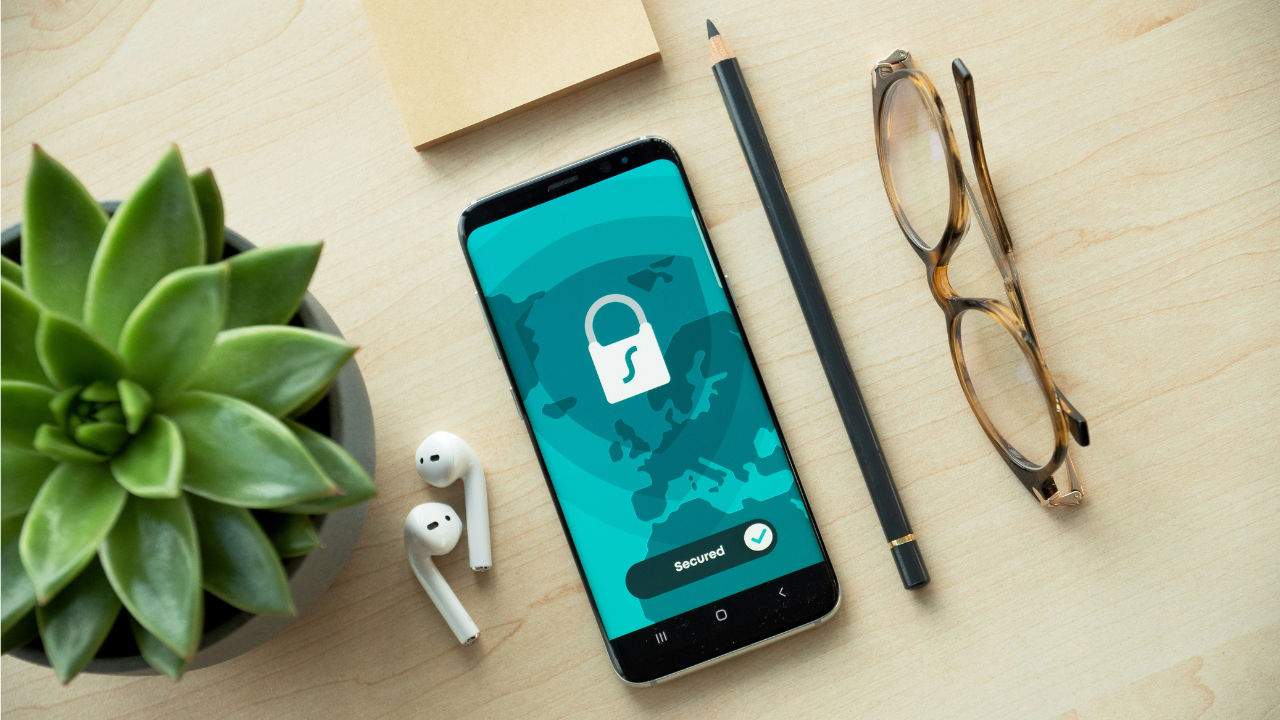Helping your child be aware of nudification apps
AI image-editing tools have evolved quickly. While many are used for fun filters or creativity, others can be used to create fake sexual (or ‘nudified’) images of people.
These are often made without the person's consent and can have serious consequences for both the subject of the image and the person who created it.
It is important to understand the risks posed by nudification apps, why protecting privacy and data matters, and the consequences of creating or possessing nude images online.
How do nudification apps work?
Nudification apps use generative AI to alter real photos of people to create fake nude images. The altered images may look real, even though they are entirely fake.
These tools are often free to use, easy to access and often anonymous.
Why it matters
They can result in serious consequences for both the people in the images and people who use them.
Emotional harm
Being the target of a fake sexual image can be extremely distressing. It can affect a person’s mental health, safety and confidence, especially if the image is shared online.
Legal consequences
Under UK law, making, possessing, distributing or showing sexualised images or AI-generated images of people under 18 is a criminal offence.
Harmful attitudes
Nudification apps promote a culture where it seems acceptable to edit or share images without consent. This can normalise image-based abuse and reduce understanding of why it matters.
Loss of control
Once an image is online, whether real or fake, it can be copied, altered or shared widely. AI makes it harder to tell what is real, but the impact on the person in the image can be very real.
Can media literacy help?
Helping your child be aware of these apps and the consequences of using them can help them to think critically online. Here are five steps you can take.
1. Talk about data and privacy
It is important to understand how to protect your privacy and data online. If your child has any online accounts where their image appears, help them to manage the privacy settings to protect them. While these are a good step, bear in mind that images already on the internet — even shared among friends — may still be accessible or used by AI tools. The best approach is caution in sharing in the first place.
2. Talk about boundaries and consequences
These apps are not just harmless fun. You could have a conversation with your child about these apps and find out if they have heard of them. You could discuss why editing or sharing someone’s photo without permission is wrong, even if it’s meant as a joke.
3. Understand the law
Make sure your child knows that creating, downloading, possessing or sharing sexualised images of anyone under 18 is a criminal offence. It is true whether the image is real or adapted with AI nudification apps.
4. Discuss peer pressure
If your child has heard of these tools, or has been encouraged to use them, let them know they can talk to you about them. Peer pressure can be powerful, so it’s important they feel they can come to you if they feel under pressure or they have done something they regret.
5. Know where to get help
If your child is affected by this kind of abuse, report it to the police. Other reporting sites include CEOP (Child Exploitation and Online Protection Command) and the Internet Watch Foundation.
Want to find out more?
Want to develop your own digital skills and confidence? Everyday Digital has articles and videos to help you support your child in today’s online world.

